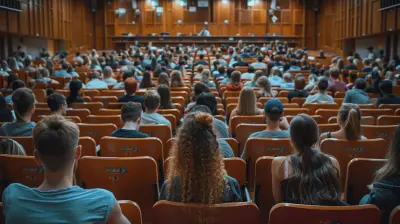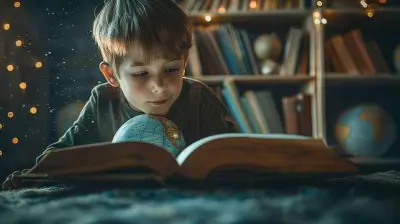Inclusive Education in Multicultural Classrooms
6 July 2025
Walk into any modern classroom today, and you’re likely to find a beautiful mix of cultures, languages, and backgrounds. It’s like a vibrant mosaic where each student brings their unique piece to the table. But with all that diversity, how do educators make sure every student feels seen, heard, and valued?
That’s where inclusive education steps in—a game-changer in the way we approach teaching and learning in multicultural classrooms. It’s not just a buzzword or a policy on paper. Inclusive education in multicultural settings is a mindset, a commitment, and, quite honestly, a challenge worth taking.
In this article, we’re diving deep into what inclusive education really means when you're face-to-face with students from all walks of life. We’ll unpack why it matters, what gets in the way, and how schools can make it genuinely work—not just tick boxes.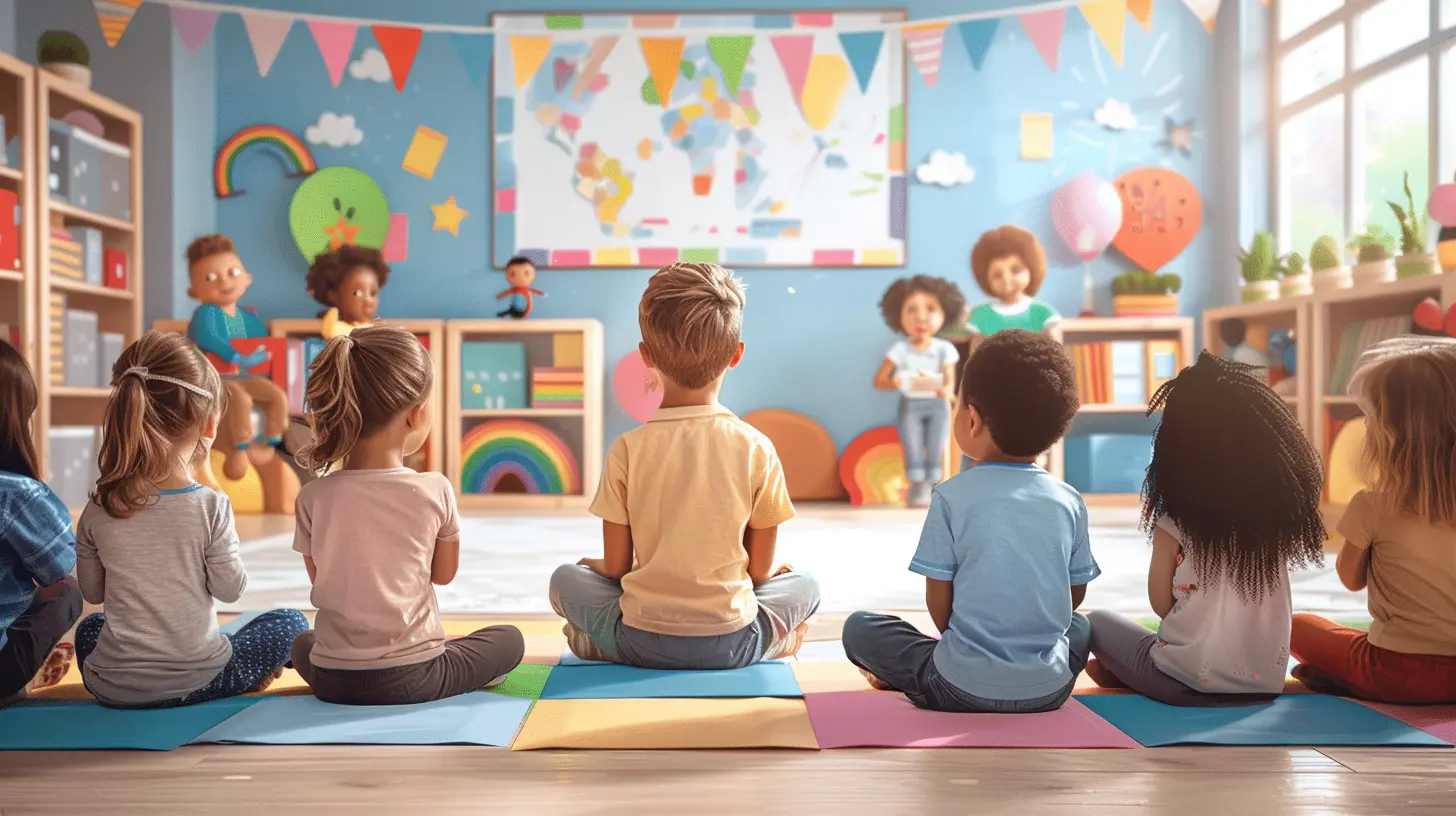
What is Inclusive Education, Really?
Let’s start with the basics. Inclusive education is all about ensuring that every student, regardless of their background, ability, or identity, gets equal access to learning and feels a real sense of belonging in the classroom.Now, add the word multicultural to the mix. We’re talking about classrooms filled with students who might speak different languages at home, follow different traditions, or see the world through a culturally specific lens. So inclusive education here becomes even more layered. It's about more than accommodating learning needs—it's about embracing cultural differences and using them as a strength rather than a barrier.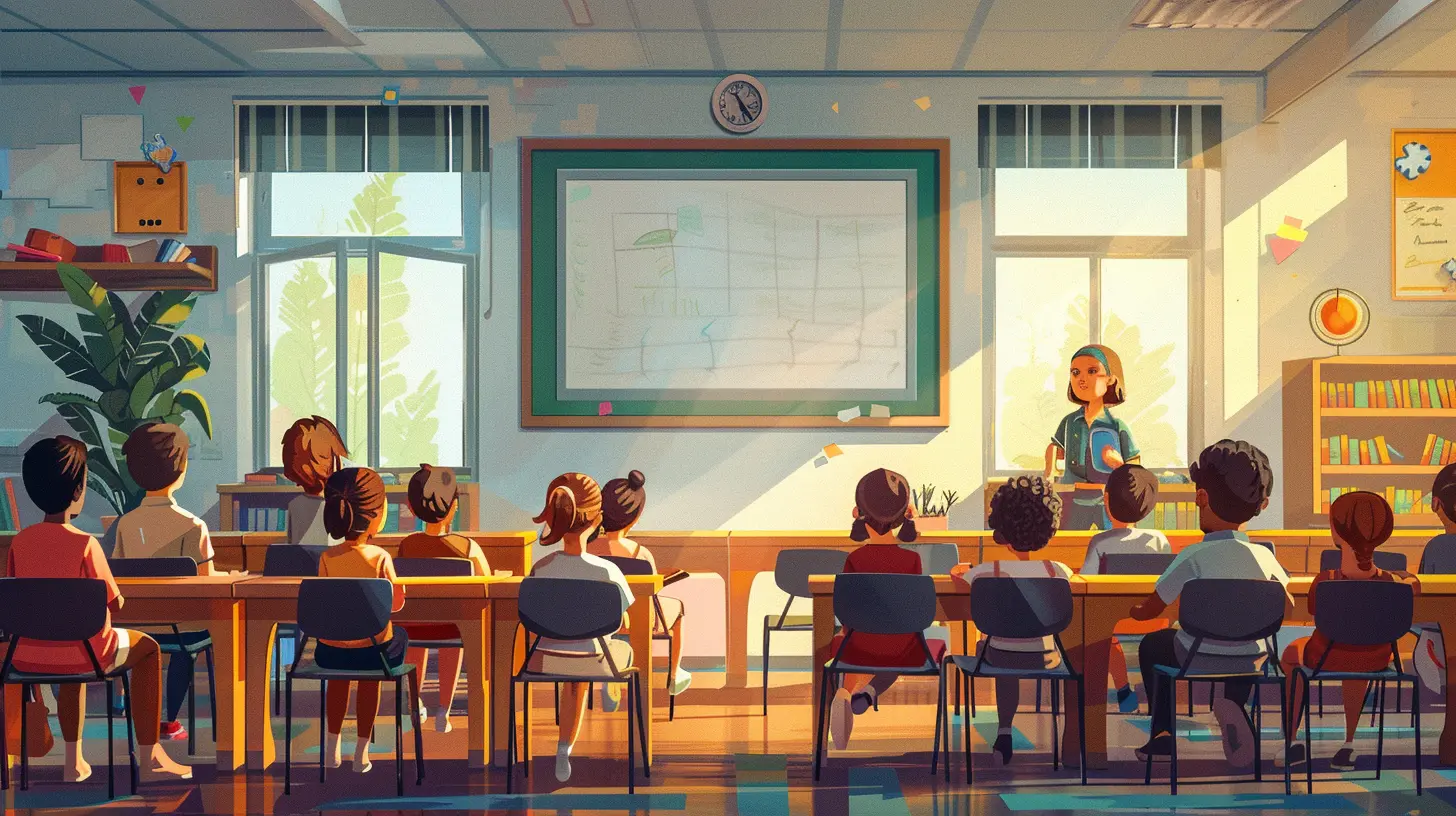
Why Inclusive Education in Multicultural Classrooms Matters
Here’s the deal: Students don’t learn in a vacuum. Their identity, cultural background, and lived experiences shape how they see the world—and how they learn.When schools make room for that diversity, magic happens.
- Students feel safe and respected. When a child sees their culture reflected in the curriculum or their language spoken with pride, it sends a powerful message: you matter.
- Academic performance improves. Studies show that students in inclusive settings often perform better, not just academically but socially and emotionally, too.
- It builds empathy. Kids learn to understand and relate to perspectives different from their own. That’s not just good for test scores—it’s essential for life.
So yeah, it’s important. Like, really important.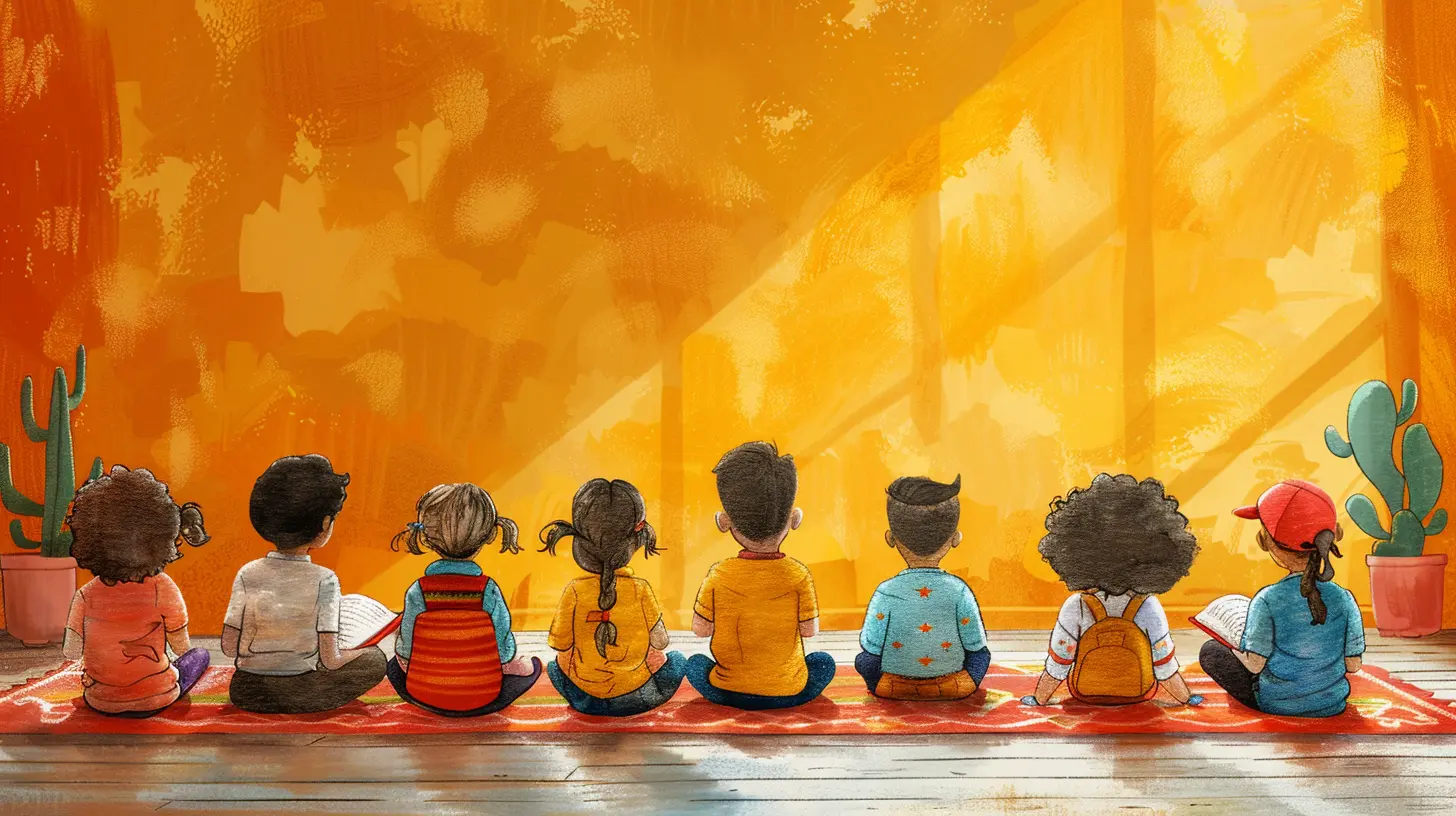
The Real-Life Struggles of a Multicultural Classroom
We’re not going to sugarcoat it—creating an inclusive classroom in a multicultural setting isn't always smooth sailing. Teachers, administrators, and even students face some pretty real challenges.1. Language Barriers
Imagine trying to learn algebra in a language you barely understand. Tough, right? For many English language learners, this is an everyday reality. Teachers have to find creative ways to bridge that gap without slowing down the rest of the class.2. Cultural Misunderstandings
What’s polite in one culture might be considered rude in another. Something seemingly simple—like eye contact or group participation—can turn into a point of tension or confusion if not approached with sensitivity.3. Curriculum That Doesn’t Reflect Diversity
Let’s be honest, many curriculums are still pretty one-dimensional. They often highlight dominant cultures while ignoring or misrepresenting minority voices. This leads to students feeling disconnected from what they’re learning.4. Unconscious Biases
We all have them. Teachers included. Sometimes, without even realizing it, educators may treat students differently based on their cultural background. That can affect how students perform and participate.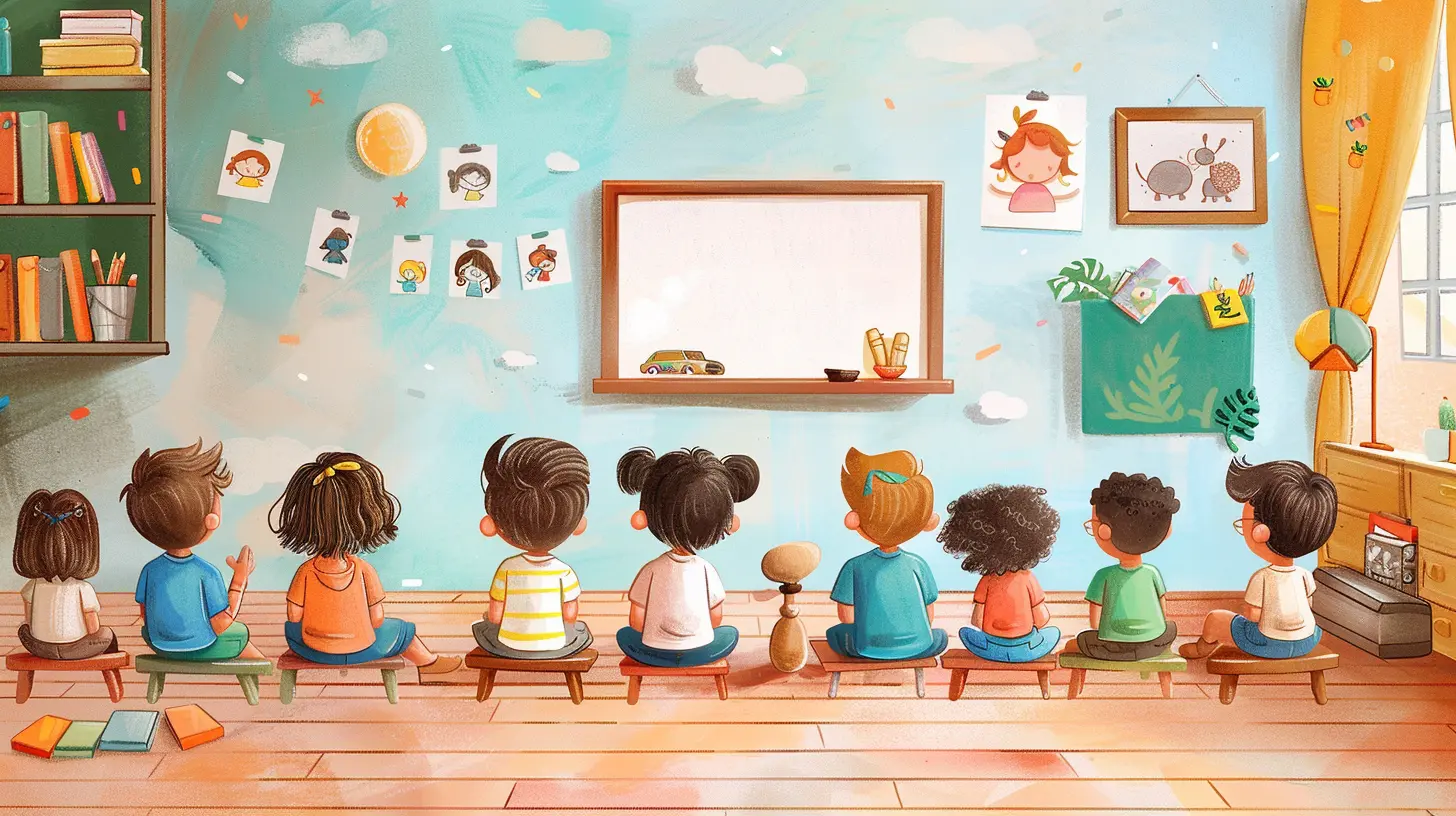
Strategies to Foster Inclusive Education
Okay, enough of the doom and gloom. Let’s talk solutions. Creating an inclusive classroom might be a challenge, but it's far from impossible. Here are some real-world strategies that actually work.1. Be Culturally Responsive (Not Just Culturally Aware)
It’s one thing to know that your student comes from a different background. It’s another to use that knowledge to shape how you teach.Culturally responsive teaching means:
- Incorporating students' cultural references in all aspects of learning.
- Using diverse texts and resources that reflect various cultures.
- Being open to different communication and learning styles.
2. Differentiate Instruction
No two students learn the same way—especially in a multicultural classroom. Adapting the way you teach to accommodate different learning needs and language abilities is key. Think visual aids, hands-on activities, peer tutoring, or tech tools like translation apps.3. Create a Safe Space
And we mean emotionally safe. Students should feel comfortable expressing who they are without fear of judgment. This includes:- Zero tolerance for bullying or discrimination.
- Classroom discussions that encourage diverse opinions.
- Celebrating cultural holidays and traditions.
4. Engage Parents and Communities
Parents are a child’s first teachers. Keeping them in the loop and involving them in the learning process makes a world of difference. Plus, when schools tap into the broader community, they gain insight, trust, and support.5. Reflect as an Educator
This might be the most important step. Teachers need to constantly reflect on their own biases, assumptions, and teaching methods. Professional development, mentoring, and feedback from peers can help keep that growth going.Role of Technology in Inclusive Multicultural Classrooms
Can we take a moment to appreciate how much technology has transformed education? For multicultural classrooms, tech isn’t just a tool—it’s a bridge.Here’s how:
- Translation tools help students understand and communicate.
- Virtual classrooms connect students to cultures around the world.
- Assistive tech supports students with different learning needs.
But let’s not forget: technology is only as effective as the educator using it. It should enhance learning, not replace human connection.
Celebrating Diversity: More Than Just Theme Days
Ever notice how schools often celebrate “Diversity Week” with food fairs, flags, and dances? While well-intentioned, these events sometimes reduce rich cultures to stereotypes.True inclusion isn’t an event—it’s a mindset. It shows up in daily lessons, hallway posters, library books, and classroom conversations. It’s in how rules are made and how respect is shown.
We need to go deeper. Ask students to share their stories. Read books written by authors from different backgrounds. Challenge biased narratives. That’s where real celebration lies—in authenticity, not tokenism.
Inclusive Policies Make Inclusive Practices Possible
Even the most passionate teacher can't do it all alone. School-wide and national education policies must back inclusive practices with real support.What helps?
- Clear inclusion policies and training for staff.
- Funding for resources such as bilingual aides and cultural materials.
- Accountability measures to ensure equitable opportunities for all.
Because let’s face it—good intentions don’t always lead to good outcomes without the right backing.
The Payoff: Why It’s All Worth It
So, why go through all this effort?Because when inclusive education is done right, it doesn’t just benefit students from minority backgrounds. It benefits everyone.
Students learn in a more engaging, respectful, and creative environment. Teachers grow in empathy and professional skill. And society? It earns future citizens who are open-minded, collaborative, and compassionate.
If schools are the microcosms of society, then an inclusive multicultural classroom is a sneak peek of what the world could be—a place where differences aren’t just tolerated, but celebrated.
Final Thoughts: It Starts With Us
Creating inclusive classrooms in multicultural settings isn’t about ticking off a diversity checklist. It’s about changing the way we see education altogether. It begins when we stop seeing diversity as a challenge, and start seeing it as an opportunity.At the end of the day, inclusive education is about simply being human—treating each child with the dignity, respect, and understanding they deserve. When we get that right, we don’t just change classrooms. We change lives.
So, let’s ask ourselves—what kind of classrooms do we want our kids to grow up in? More importantly, what kind of adults do we want them to become?
all images in this post were generated using AI tools
Category:
Inclusive EducationAuthor:

Fiona McFarlin
Discussion
rate this article
1 comments
Alexa Patel
Embrace diversity, nurture every mind!
July 13, 2025 at 3:52 AM

Fiona McFarlin
Thank you! Embracing diversity enriches the learning experience for everyone.
